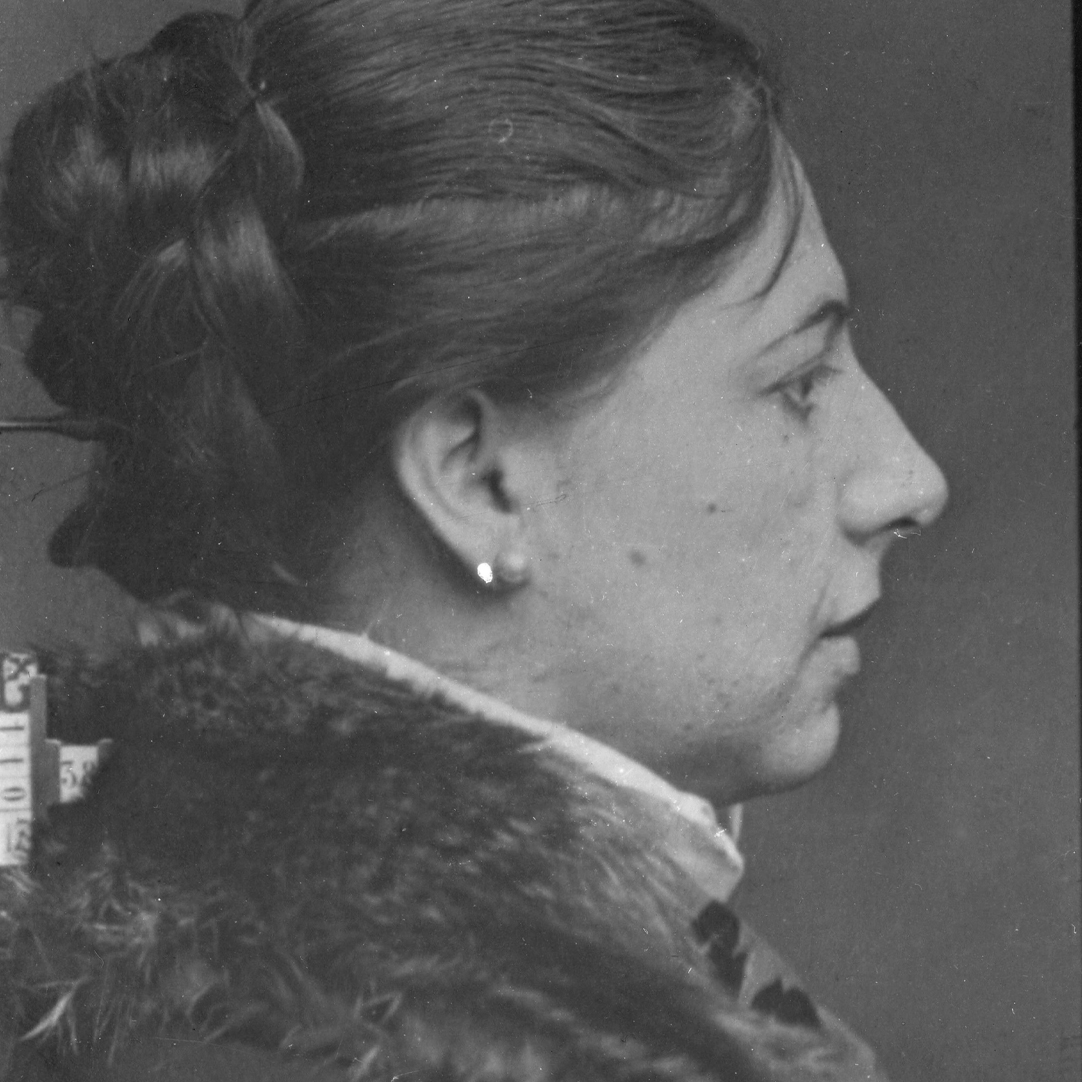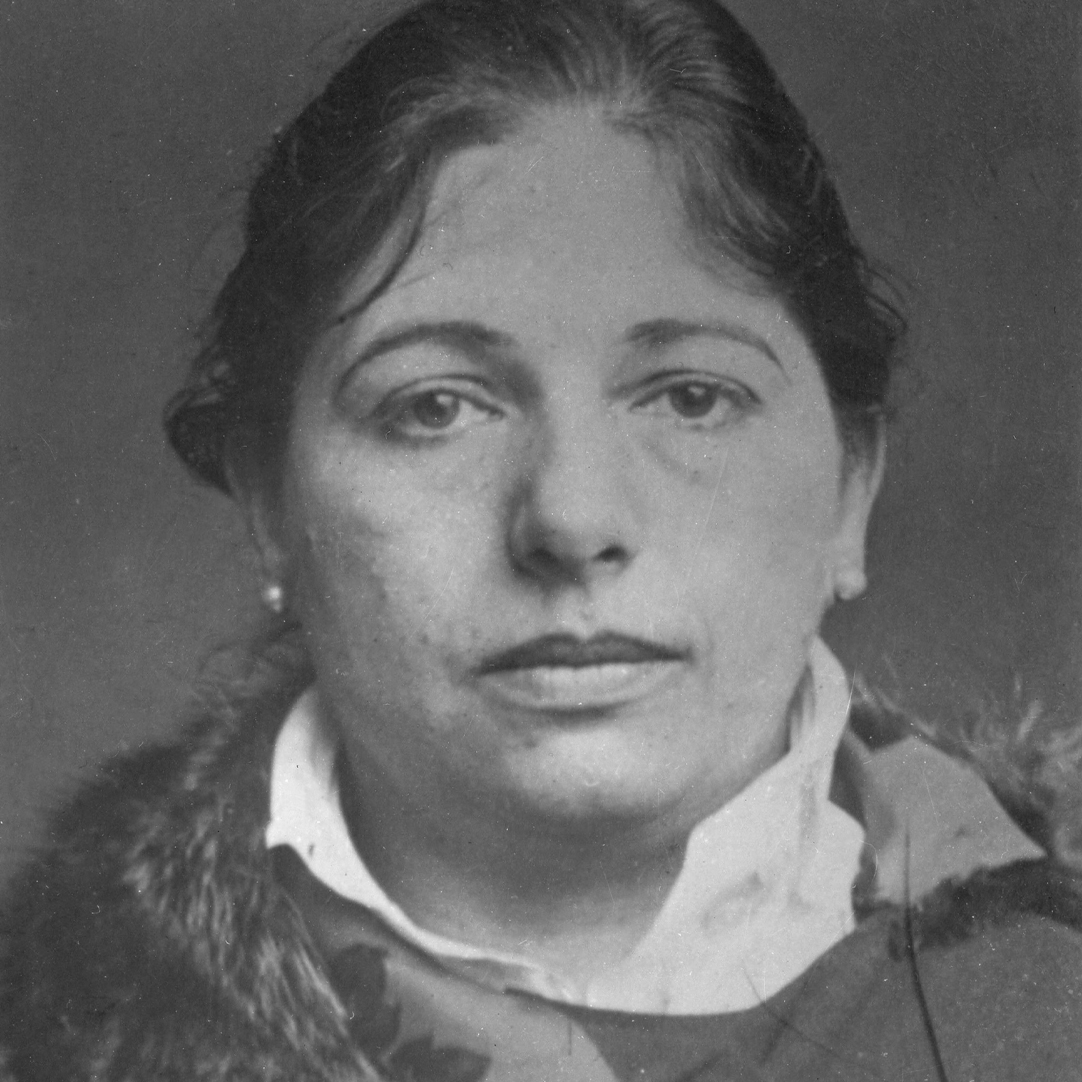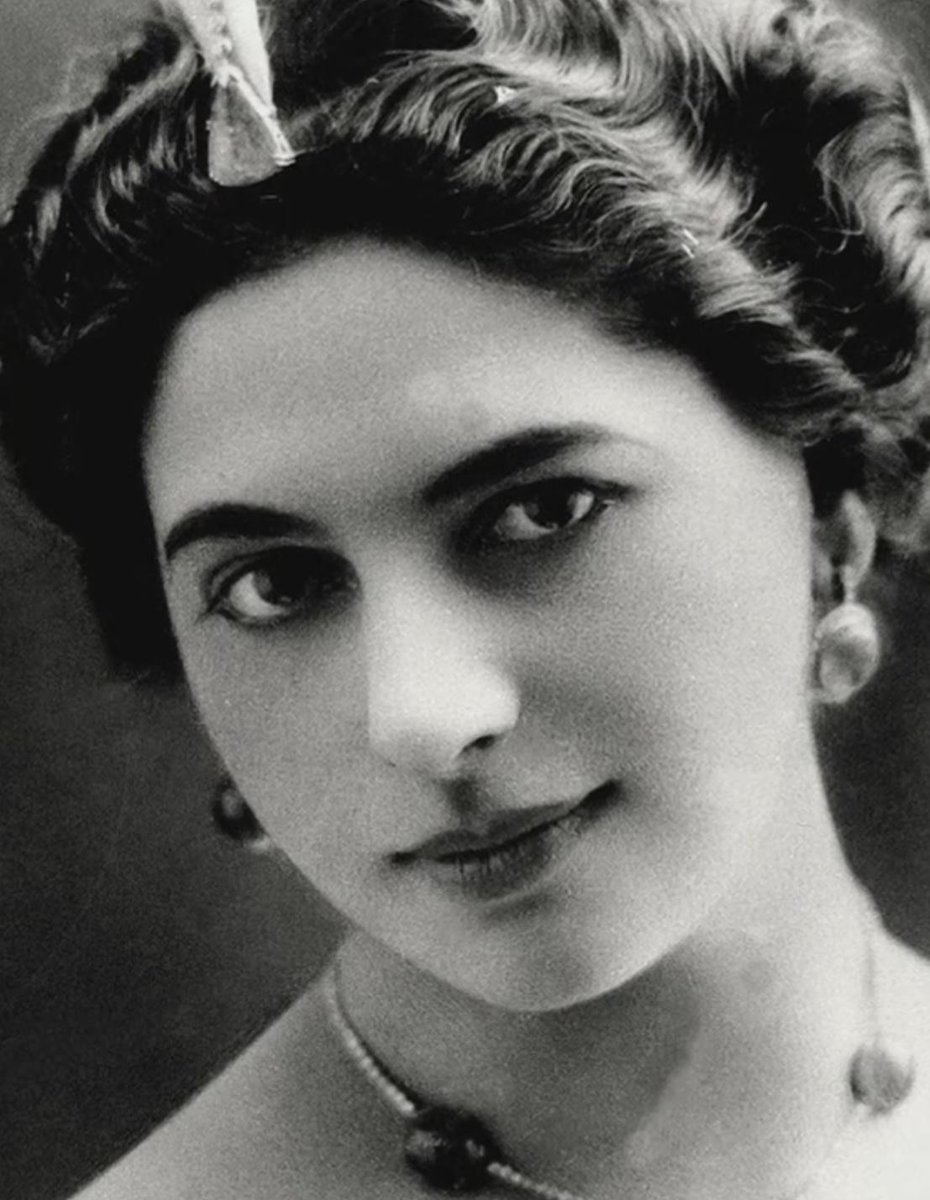
Jack Cornwell died #OnThisDay in 1916, at the age of only 16. Jack is remembered for his gallantry at the Battle of Jutland during WWI.
His ship came under heavy fire and he was mortally wounded, but he stayed steady at his post at the forward 5.5 inch gun of the cruiser.
His ship came under heavy fire and he was mortally wounded, but he stayed steady at his post at the forward 5.5 inch gun of the cruiser.

The scene on deck was one of panic and devastation. The gun crews lay, dead or wounded, amongst the smashed-up debris of the ship. Cornwell’s team were all killed early on in the action and he was horribly injured. 

Flying metal shards from German shells had ripped through the 16-year-old’s legs and stomach. But, as the German light cruisers continued to submit Chester to a withering fire, Jack Cornwell remained at his post.
Despite his painful injuries and his isolated position, he stayed put, ‘quietly awaiting orders’, determined to see out the battle and do his duty.
For nearly 20 minutes, HMS Chester was under intense shellfire and received at least 17 direct hits.
For nearly 20 minutes, HMS Chester was under intense shellfire and received at least 17 direct hits.

The following day, HMS Chester was ordered to the River Humber and its wounded were taken to Grimsby Hospital. It was there that Jack Cornwell died from the extensive wounds he had received at Jutland.
He is the third-youngest recipient of the VC.
bit.ly/3g1ZQ8u
He is the third-youngest recipient of the VC.
bit.ly/3g1ZQ8u

A half length portrait widely attributed as being Boy (1st Class) John 'Jack' Travers Cornwell, though current research suggests it is likely to be one of his brothers. 

• • •
Missing some Tweet in this thread? You can try to
force a refresh





















